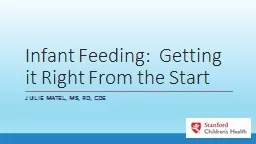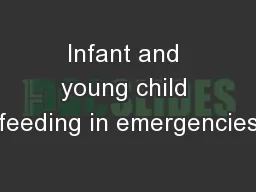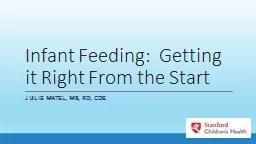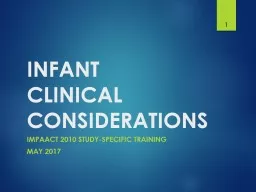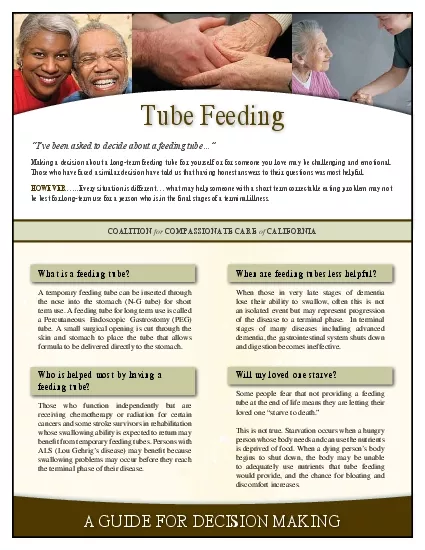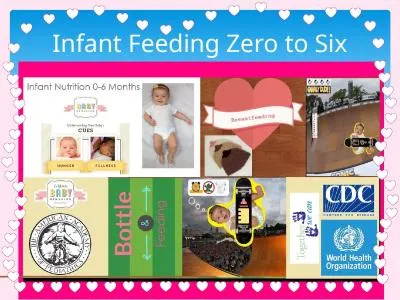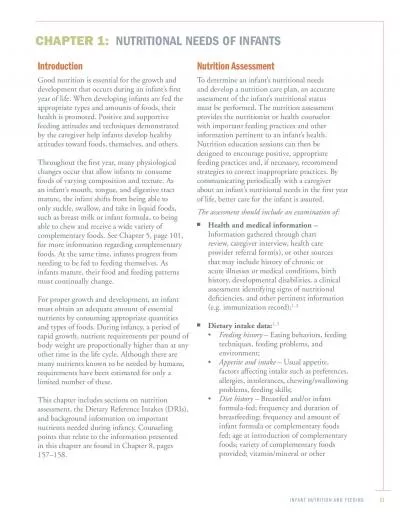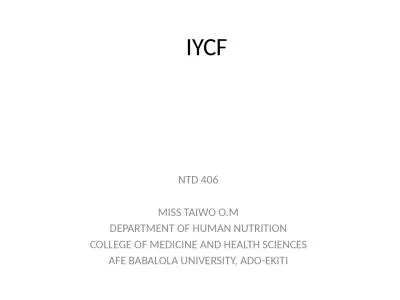PPT-Infant Feeding: Getting it Right From the Start
Author : natalia-silvester | Published Date : 2018-03-21
Julie Matel MS RD CDE Nutrition for Infants with CF Should I drink breast milk or formula Do I need a high calorie formula Does early growth matter When can I eat
Presentation Embed Code
Download Presentation
Download Presentation The PPT/PDF document "Infant Feeding: Getting it Right From t..." is the property of its rightful owner. Permission is granted to download and print the materials on this website for personal, non-commercial use only, and to display it on your personal computer provided you do not modify the materials and that you retain all copyright notices contained in the materials. By downloading content from our website, you accept the terms of this agreement.
Infant Feeding: Getting it Right From the Start: Transcript
Download Rules Of Document
"Infant Feeding: Getting it Right From the Start"The content belongs to its owner. You may download and print it for personal use, without modification, and keep all copyright notices. By downloading, you agree to these terms.
Related Documents

